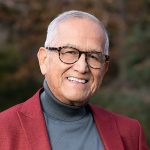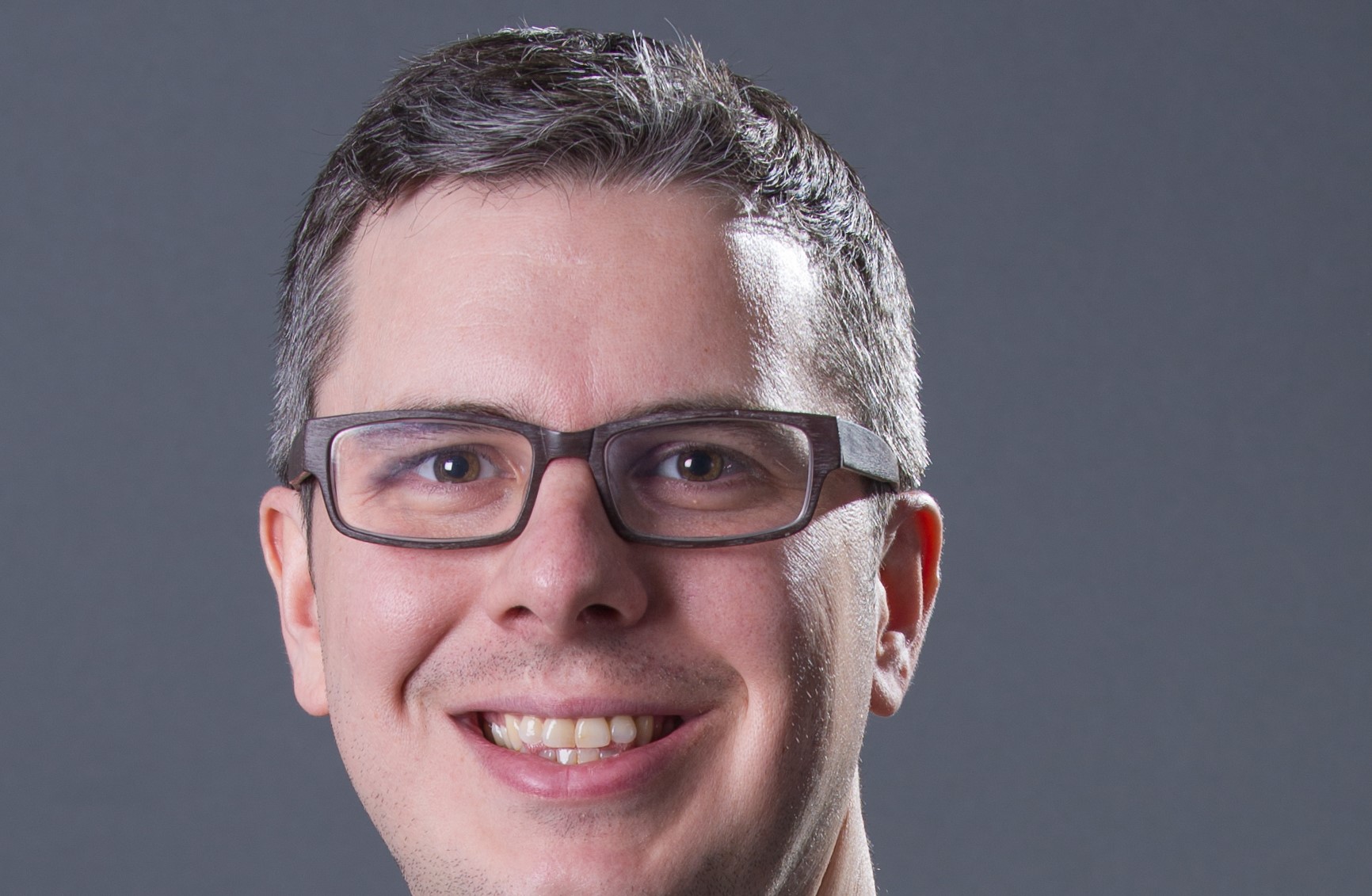
IndyFringe CEO Justin Brady- Courtesy of IndyFringe. Used with permission.
What must it be like to go from intern to CEO of a major Indianapolis performing-arts organization? It was my curiosity that led me to seek out IndyFringe CEO Justin Brady. He interned under former CEO Pauline Moffat in 2006 and then worked part time until 2010, while earning an undergraduate degree from Butler University and an MFA from IUPUI with a focus on nonprofit management. Specializing in development and marketing, Brady worked as a fundraising campaign strategist for Achieve prior to moving to Manhattan, where he worked for the Clinton Foundation and later at New 42, the largest provider of performing-arts education in New York City. While at New 42, Brady successfully increased annual-fund contributions through the “Give A Kid a Seat” campaign and managed the New 42 Gala and other special events.
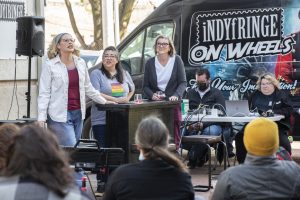
Diva Fest – Courtesy of Zach Rosing. Used with permission.
Recently, I sat down with the 42-year-old Brady at the Basile Theatre at IndyFringe to discuss his first year as leader of the organization, which continued to operate during the pandemic and his gallant effort to provide programming and reinstitute the annual festival, which was canceled in 2020 because of COVID-19. Below in an edited transcript of our conversation.
How long have you been on the job?
I returned in October of 2020. I had a three-month transition period with Pauline and formally took over January 1. It has been interesting to return during the pandemic. We were fortunate because IndyFringe was able to do outside programming as early as last July, so there was a lot going on when I returned, so I got a feel for the culture of Fringe again. Then, over the past six months, we have tried to maintain some programming, but also really turning our focus on how we can bring back the festival as safe and as fully as possible.
Describe your journey since.
It’s been full of ups and downs. It was very stressful at the beginning of the year when things were less hopeful about the course of the pandemic. At the end of March, when we found out folks would be eligible for vaccinations sooner than we thought, that pivoted our plans for the festival. We were able to fully move it indoors and plan to have it on five stages, and though smaller than past years, it is definitely more robust than we expected it to be at the beginning of the year. It was a moment of real optimism where we would be by August, but now we are dealing with a little trepidation around the Delta variant and low vaccination rates among some parts of the population. Fortunately, we think most arts-goers are more likely to be vaccinated.
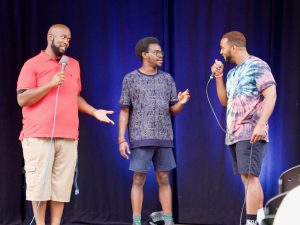
Act A Foo – Courtesy of Dan Axler. Used with permission.
What are some of the new attractions in the festival this year?
I would say it is your typical IndyFringe Festival. Even though it is smaller, we have such a mix. We have five dance shows, four magic shows and a lot of storytellers. What’s really exciting is some of the diversity in terms of the artistry represented. We have your show (Magic Thread Cabaret) “Cabaret Latino,” but we also have, “Wife Material” with a stand-up comedian who is transgender. And we have another show called “Transitory State,” which is a supernatural comedy, starring an all-trans cast and written and directed by a trans person, so that is a huge representation and mostly local artists. We are bringing in two of the shows from OnyxFest that were performed outdoors in 2020. We want to give them a better platform. There are also shows from DivaFest, which furthers our mission of elevating Black playwrights, as well as female playwrights, who are very underrepresented nationally. I think the stats for female playwrights in Indy was 19 percent and we are at 30 percent for the festival. And it is really growing in Indy. I think that is the most exciting thing. There is such great variety and some of it will be what you are used to at the festival and some of it will be taking chances with some of these new talents.
What is the biggest change in the festival?
The biggest change is we have very few national performers and no international performers. It’s very important to continue to have them in the future because it does inspire the artist to think about their craft differently and for audiences to see something different, so we definitely want to bring that back, but I think for this year, focusing on local talent, and really Midwestern talent, is really terrific because many of these people haven’t had opportunities to perform over the past year and a half. So, we are excited to get them the best audience possible.
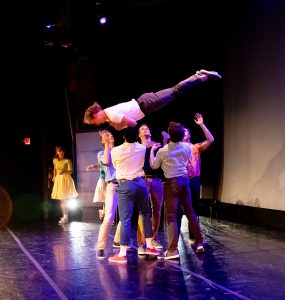
Indianapolis Ballet – Courtesy of Moonbug Photography. Used with permission.
You have a whole different staff, right?
Yes, we have a completely new staff. Everything is new. I am new, but I worked for the festival. I worked the second year, starting in 2006 to 2010. I worked five festivals. I was an intern. I did a paper when I was a Butler student and interviewed Pauline and that was when she took over the festival. I ended up becoming an intern that summer and when I graduated, I worked as the marketing coordinator for several years. Then I moved on to other things and was just a volunteer until I moved away in 2014. In New York, I worked in fundraising at two large nonprofits and I came back because I knew how special the IndyFringe community is and what a great festival this is. It not an easy decision, but I am thrilled to be back.
What is your fondest wish in regard to your first year at the helm of the festival?
This year’s festival exists because of the perseverance of the artists and the level of dedication and creativity they are putting forth. At a time when people’s lives continue to be filled with uncertainty, I am hopeful we will provide audiences with an opportunity to escape, laugh, and be moved by live performance.
For tickets and schedule information about IndyFringe Live Theatre Festival Aug. 19-Sept. 5, visit indyfringe.org.





